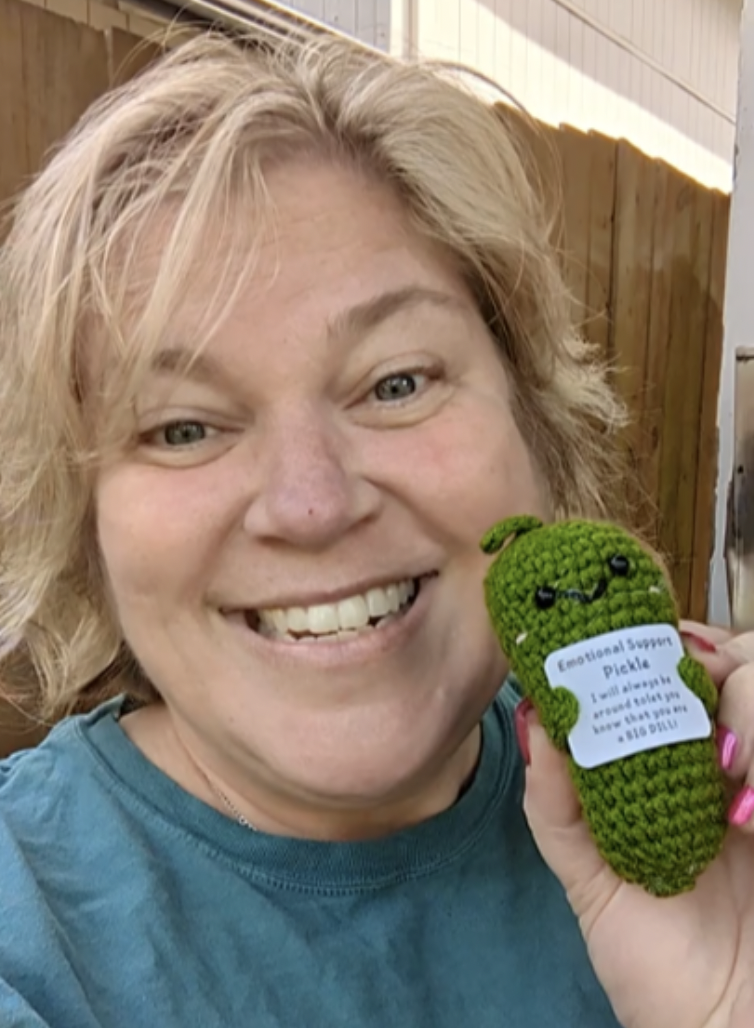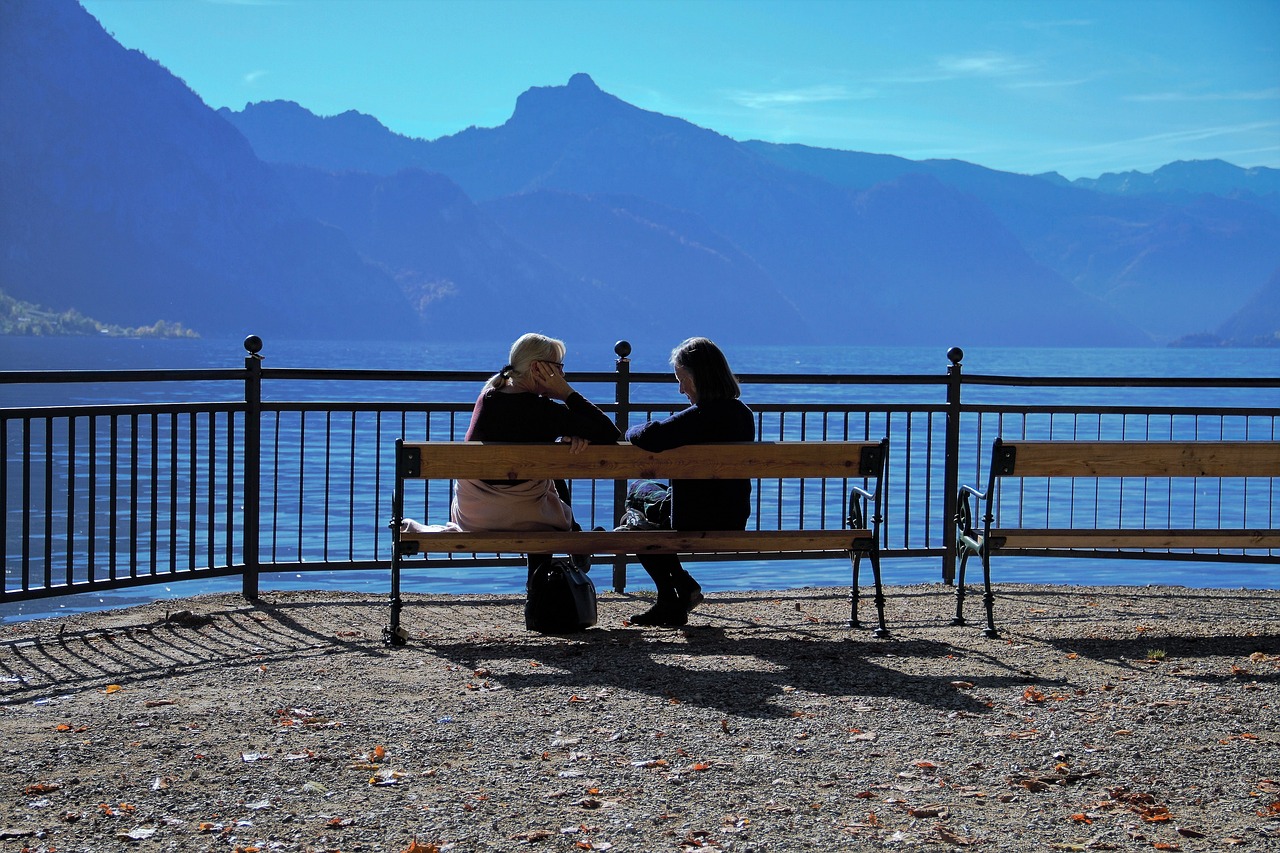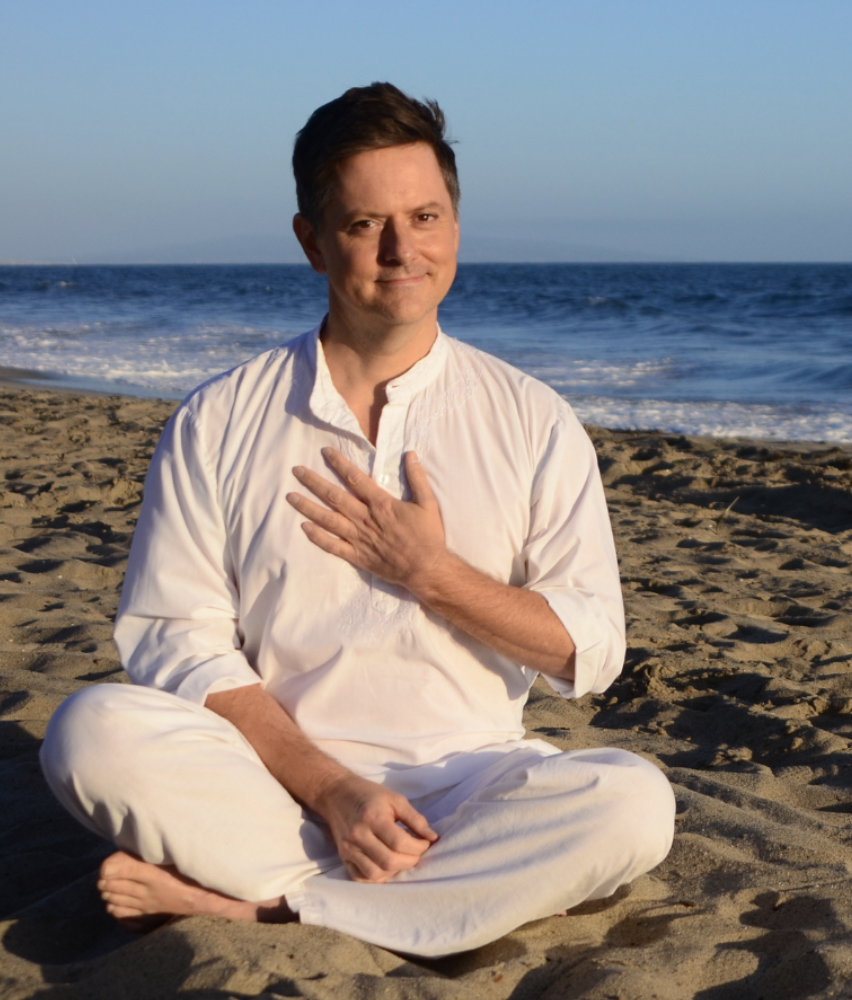Whatever we practice at home goes on vacation with us.
As a childhood Army brat, I’m used to traveling, whether for business or vacation. I took my first airplane ride at 6 weeks old, and my family often had to take planes, trains, and automobiles to get where we needed to go (including crossing the U.S. a few times by car – whew).
My love of adventure and the outdoors has kept me on the move over the course of my life. I get restless when it’s been too long since my last trip.
And what I’ve noticed over the years is that I may escape the monotony of every day life on vacation, but I have never escaped my trauma symptoms.
First, My Vacation to New Orleans in 2022

Okay, first – if you can go to New Orleans, do it. That city is pure FOOD MAGIC and PEOPLE-WATCHING GALORE. The art, music, and architecture, oh my!
My husband and I took our honeymoon to New Orleans during Mardi Gras in 2022. The experience far surpassed our expectations.
Halfway through the week-long trip, however, I found myself standing on the sidewalk outside of the Sazerac House, sobbing my face off.
Overstimulated. Overtired. Overstressed. Over it.
Why would I be sobbing my face off? Wasn’t I having a lot of fun?
Oh yeah, but guess what? TRAUMA SURVIVORS – especially those of us with PTSD – HAVE A REALLY HARD TIME WITH FUN AND HAPPINESS AND JOY.
Give me a crisis any day, I can totally deal. But fun and happiness and joy?
At the time of that trip to New Orleans, my window of tolerance for fun was TINY.
So would I be able to expand my tiny window of tolerance for good stress?
The Hawaii Vacation, Two Years Later
Cut to earlier this year, when I *had* to travel to Hawaii (I know, poor me). Part of this trip was business-related, which actually did not decrease the fun of it ONE BIT.
Since I was going all that way, I invited my husband to meet me once my business was done.
We had *a blast.* Snorkeling? Check. Great food? Check. WHALES??? CHECK.
Halfway through THIS week-long trip, was I standing outside a popular tourist attraction, sobbing my face off?
Nope.
I felt…great! Regulated. Emotionally even. Present and in the moment.
Why?
Whatever we practice at home goes on vacation with us.
It sounds a little silly – especially in our culture, where Work is King – but I’ve been *practicing* increasing my window of tolerance for fun and joy over the last couple of years, *especially* when traveling.
In addition, I figured out how to manage myself in very important trauma recovery ways while on adventures.
How to Go On Vacation With Trauma & Grief
While I’ve been practicing how to deal with joy – especially on vacation and/or adventures – I’ve put into place important things that set me up for success.
Preparation Time – I start packing for a trip a week in advance. The suitcase is open on the floor or the spare bed and I throw stuff into it as I’m going about my daily life. I also use this time to buy and pack travel-friendly snacks, along with other stuff, like sunscreen and aloe, because I *will* burn.

Factor in the Time Difference – If there’s going to be a time difference, I try to mentally prepare myself. Sometimes I try to adjust my sleep schedule a little bit in the direction of the time difference.
Meds – It’s super easy for me to be like, “I’M GOING ON VACAY, SUCKAS, NO MEDS FOR ME!” This is not realistic or kind or practical. Taking a week to pack helps me to remember to make sure that I have all the meds I need, and then get those babies packed up.
Pace Yourself & Let Your Nervous System Catch Up
Pacing – I used to be a super organized traveler. Tight itineraries, with decisions made and tickets booked well in advance. Around the time of the New Orleans trip, I figured out that keeping this pace heightened my anxiety by a large factor and added to the overall stress on my brain and body.
Now, I typically plan to do One Big Thing Per Day – if we want to do more in a day, great! And I make sure that the thing that I MOST want to do is at the beginning of the trip, and I DO buy tickets for that if needed.
Plan the Rest Day – Ah, another decision my husband and I made during the New Orleans trip, shortly after I was sobbing my face off. The Rest Day.
About halfway through a trip, I need a Rest Day. A day to do nothing, if needed. If the trip is shorter, the rest period is typically shorter, maybe just half a day. If the trip is longer, I *definitely* need a day to decompress.
Recovery Time – It’s tempting to want to jump right into daily life after an adventure. This rarely goes well for me. Instead, I take a bit of time after we get home. It doesn’t have to be a lot of time – for example, if we get home on Sunday, then taking Monday morning off so I can ease my way into reality helps a ton.
Good Stress is Still Stress
At one point, my therapist explained that excitement and anxiety are *physiologically* the same in our bodies. We have the same heart palpitations and sweaty palms and even fight or flight.
So is it anxiety or excitement? It’s all in how you frame it.
This is important to remember, because stress is stress is stress. “Good” stress, “bad” stress, “in-between” stress. It all takes a toll on us.
For trauma survivors, though, the “good” stress *feels* so different, and that, in turn, makes it more stressful. So we need to learn how to take care of ourselves while learning how to feel joy.
Like this meme says:

Try the Support of Trauma Recovery & Grief Recovery Coaching

Sign up here to get a free copy of Five Things Every Trauma Survivor Needs to Know AND
61 Tips About the Grief Experience.
Find out more about Trauma and Grief Recovery Coaching
I offer one-on-one sessions, groups, PTSD Remediation, and classes. Appointments are offered in-person and online.
Try Trauma Recovery and Grief Recovery Coaching for Free! Book a free 30-minute Discovery Call to find out more!












